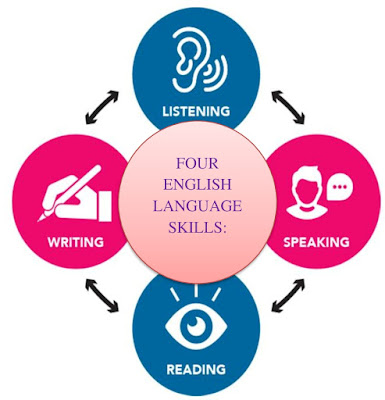Lesson Planning of Verbs: Use of Can and May Subject English Grade 3rd

Lesson Planning of Verbs: Use of Can and May Subject English Grade 3 rd Students` Learning Outcomes Demonstrate use of the verb ‘can / can`t’ to show ability and inability. Identify and use May / mayn`t for seeking or giving permission and prohibition. Information for Teachers ‘Can’ is used to express ability or to say that something is possible. ‘Can’ is a modal verb. All the auxiliary verbs except ‘be’, ‘do’ and ‘have’ are called models. Modal verb gives more information about the main verb that follows it. We use the first form of verb after ‘can’, such as; I can speak English. You can solve this question. To form the negative we add ‘not’ after can, as such; You can`t drive this bike. You can`t speak English. She can`t eat two burgers / apples. ‘May’ is used in formal style to request for permission (in questions), giving permission (in affirmative sentences) and refusing permission (in negative sentences), such as; May I borrow your book ...



